
Cassandra Garduño squinted in the sunlight, her pink boots smudged by dirt as she gazed out over her family's chinampa — one of the islands first built up by the Aztecs with fertile mud from the bottom of a lake that, later drained, would one day become Mexico City.
Food from these islands has fed people for hundreds of years, but the chinampas are under threat from urbanization. The produce grown here doesn't fetch much money, and many families are abandoning the ancient practice to rent out or sell their land for more lucrative uses such as soccer fields.
“People don’t want to farm anymore,” said Garduño. “They don’t see it as a necessity, they don’t want to produce, and people don’t want to buy the products.”
Some of those remaining, like Garduño, are banding together to preserve and promote the traditional use of the chinampas.
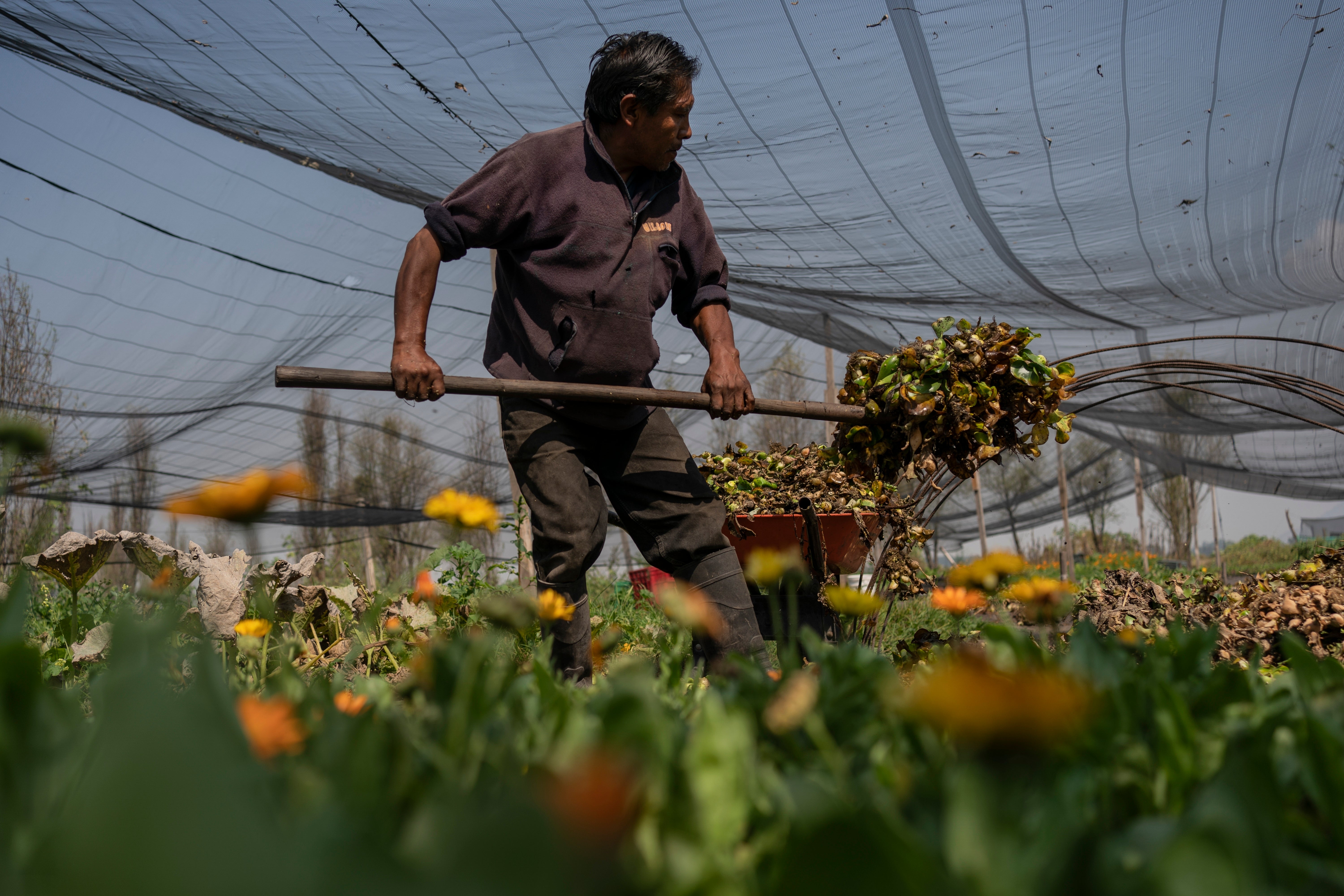
“None of this can exist without human hands, the hands of those who worked here and created the chinampa a thousand years ago,” she said on a recent morning as the smell of celery growing nearby filled the air.
The gardens crisscrossed by canals in the capital's southern Xochimilco borough are built up from layers of dredged soil, held together by tall, thin ahuejotes — a kind of willow tree — planted around their perimeter. Xochimilco has more than 2,500 acres of protected land owned by generations of local chinamperos, as those who farm the islands are known.
Garduño’s earliest memories of her family’s chinampa came from peering through her grandparents’ window at the plot of land and watching canoes weave in and out of the canals. Even then, she saw how the chinampas were deteriorating under pressure from urbanization and as some farmers began to drop the practice.
When her grandfather died in 2010 and her uncles didn't want to carry on, Garduño took it upon herself to learn and conserve generations of farming. Her neighbors and relatives were skeptical at first, but she bought land for her own chinampa from a friend's uncle in 2020 and now grows an assortment of produce, including sunflowers, eggplant, and the Mexican marigold “cempasuchil.”
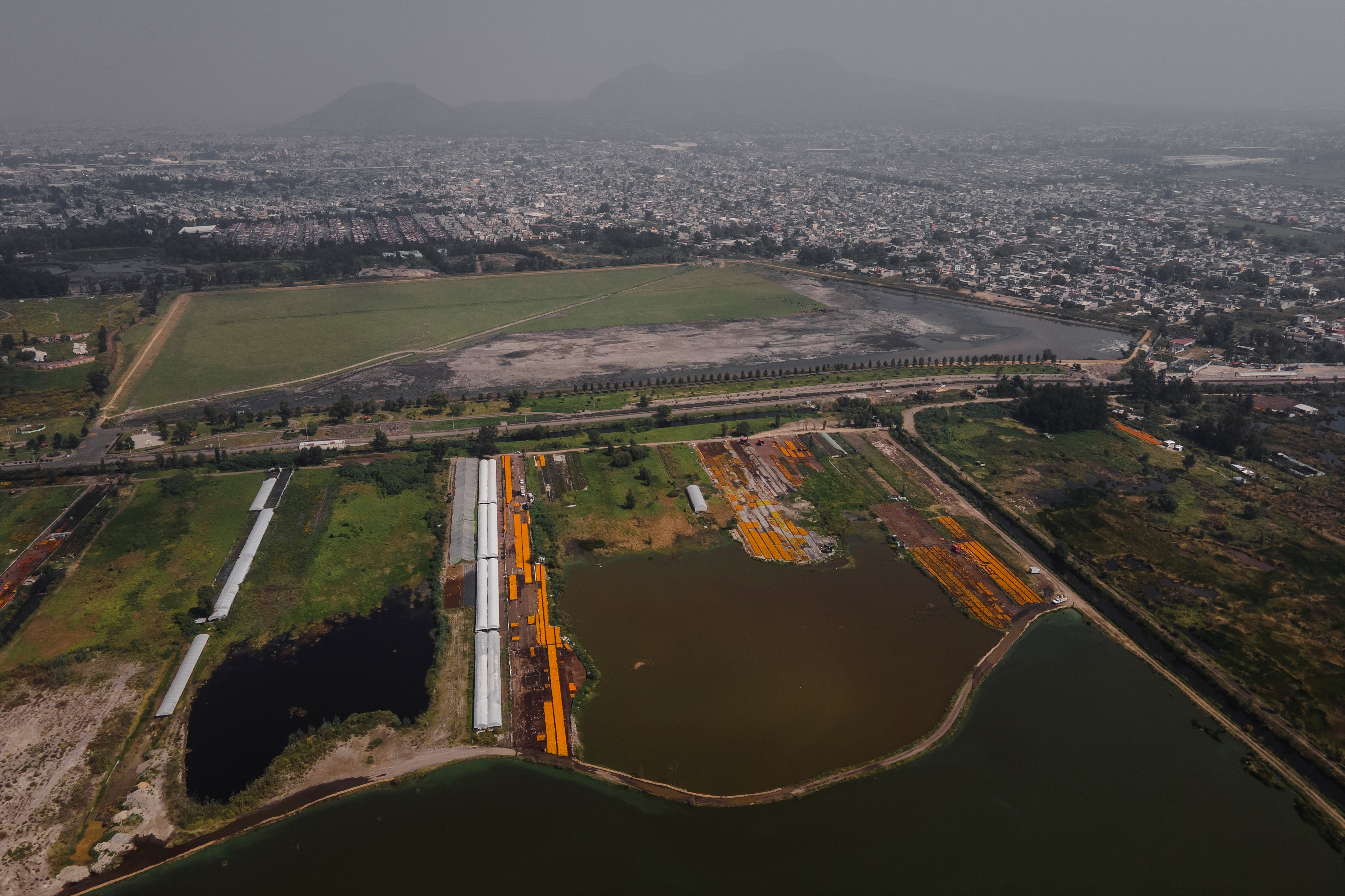
Now the 32-year-old Garduño is one of the growing collective called Chinampa Refuge, started by the National Autonomous University of Mexico, and she and other famers encourage chinamperos to preserve their land. They follow ancient growing techniques but are trying new commercial approaches to compete with cheaper produce grown on massive farms elsewhere in Mexico. That includes a special tag — Etiqueta Chinampera — that tells buyers the produce came from a chinampa, and may tout things like water quality or the chinampa's status as a biodiversity refuge.
“Change comes with educating the new generations,” said Garduño. “Talking about the origins and efforts to conserve and why it’s important to do it.”
Luis Zambrano, an ecologist from the National Autonomous University of Mexico who has worked in Xochimilco for decades, said the fields are largely self-sustaining. Nourished by the lake, they can produce three to five crops of vegetables a year without the need of chemicals or irrigation, he said.
Moreover, the ecosystem of Xochimilco benefits the sprawling city. Many different species of birds and fish thrive there, and the extensive canals help reduce the city's overall temperature, he said.
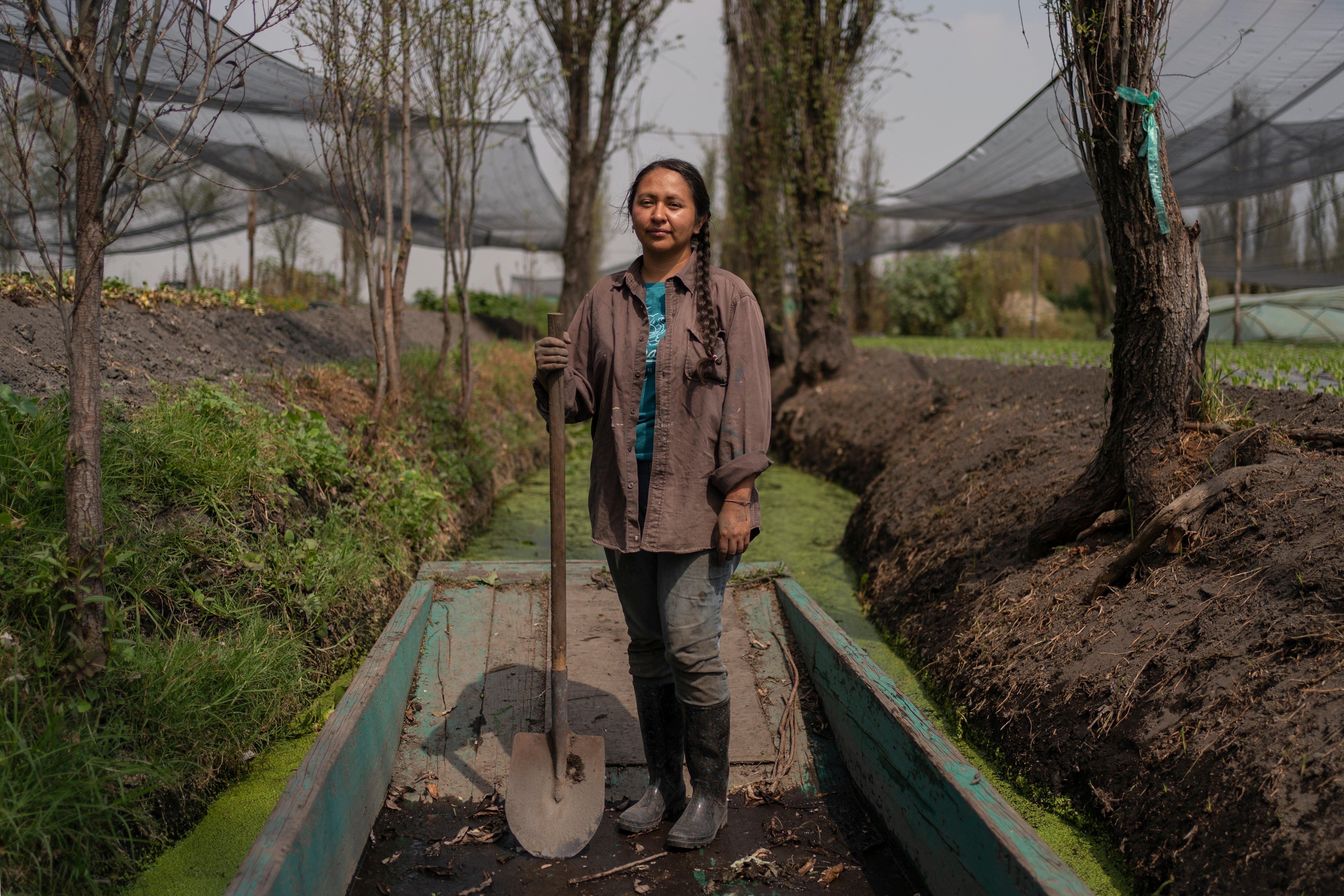
But now, on weekends, it's common to see more soccer players boating to islands in their jerseys and cleats than farmers tending their crops. The soccer fields stretch for miles along the canals after what Zambrano called “a massive increase” over the past two to three years.
In Xochimilco, many people are reluctant to talk about transforming their chinampas to soccer fields. One landowner who declined to be identified for fear of legal or community backlash said keeping the chinampas productive required more work and financial investment and yielded less revenue. Instead, she has established multiple businesses on her land — a soccer field for weekend games, a food stand and kayaking tours for foreign visitors.
“If you do well (farming) you could earn $5,000 to $10,000 (100,000 to 200,000 pesos) a year," Garduño said. "In the tourist area you could have that within a couple of weekends.”
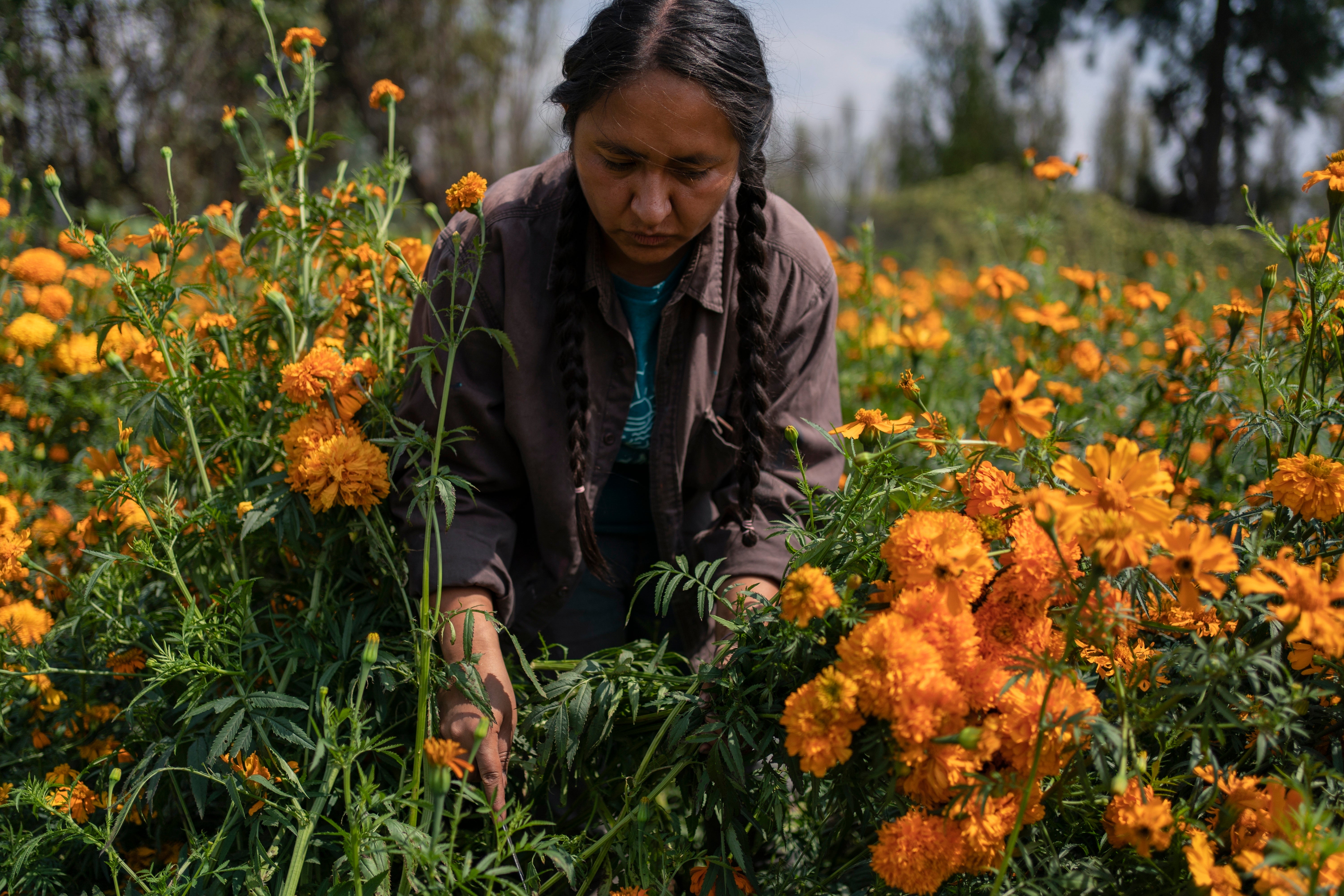
But converting the agricultural fields carries ecological impact. While traditional farming methods avoid insecticides and fertilizers, the soccer fields are another story.
“It doesn’t look that detrimental because there’s no construction,” said Zambrano. But “it’s just as damaging because the amount of chemicals that are used, the amount of pollution that is generated is very, very large.”
The chinampas are among the significant features that led Mexico City’s historic centre and Xochimilco to be recognized as a world heritage site by UNESCO. But any protective measures are up to federal, state and local authorities. Carlos Vasquez, director of the Natural Protected Areas under Mexico City’s Environmental Department, said they are working on proposals to address the soccer fields.
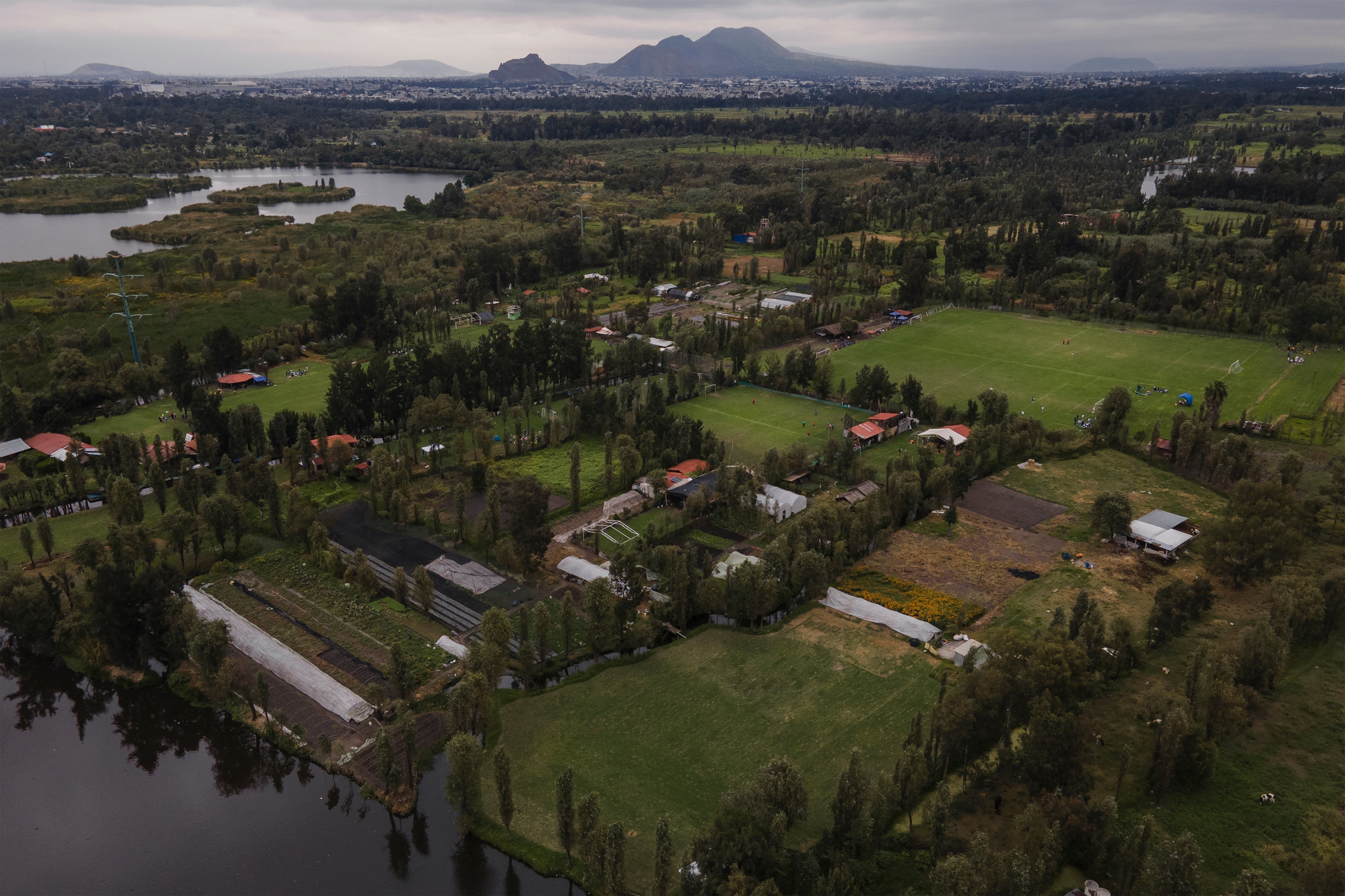
“Many are counter to the conservation of the ecosystems,” he said. “We’re looking to regulate these activities.”
After a long day’s work out in the sun, Garduño and some neighboring farmers congregate under Garduño’s makeshift hut for a feast of chicken and tortillas. They catch up on their tasks and outline what’s left to do.
Juan Ávalos, 63, and his brother Salvador Gonzalez Ávalos, 55, have been working on chinampas all their lives. Their family has several plots in Xochimilco's San Gregorio neighborhood. A year ago, after some convincing by Garduño, the brothers joined Chinampa Refuge to adopt a more holistic approach to their farming.
Salvador said the approach is a continuous reminder of his family's legacy in maintaining the ancient practices — something they want to pass on to their grandchildren.
“That’s something we need to work on as grandparents,” he said. “That they integrate themselves with a taste for this earth.”







